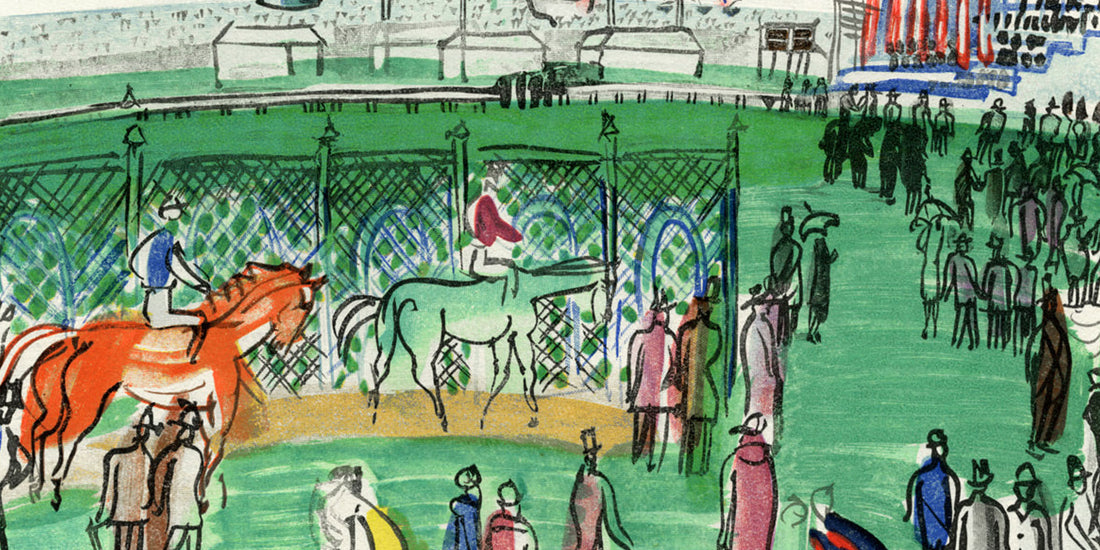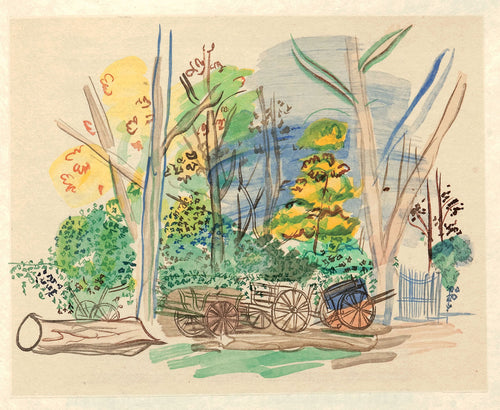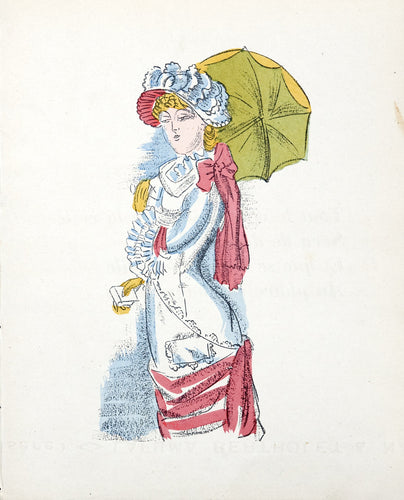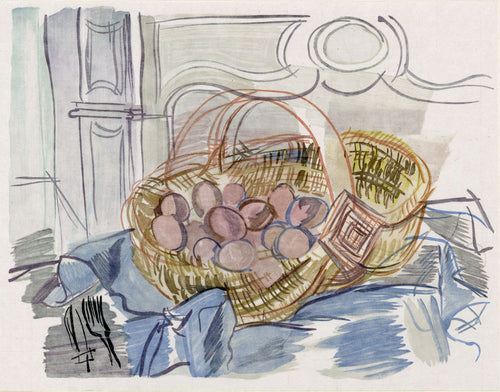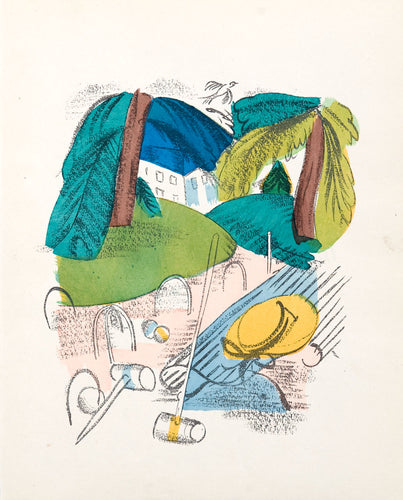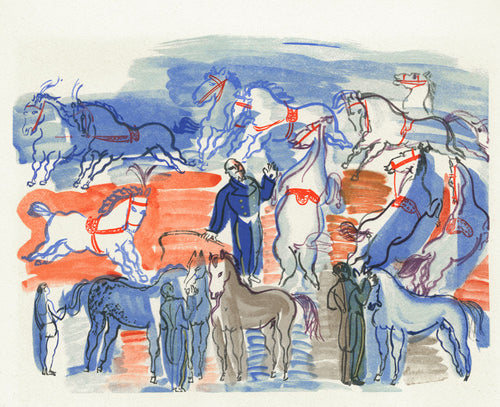Lively, graceful drawings; radiantly colourful pochoir: Raoul Dufy was an artist of style.
A painter, printer and draughtsman, he was drawn to depict in sumptuous colour the lavish lives of French aristocracy and the luxurious pursuits he had longed for in a middle-class childhood.

 'glittering scenes of pleasure yachts and high-society races'
'glittering scenes of pleasure yachts and high-society races'
Born to a large family in the port of Le Havre (1877), Dufy experienced the modest upbringing of his formative years in juxtaposition with the glittering scenes of pleasure yachts and high-society races, luxuries he was clearly in awe of and which he would constantly return to in his career.
 a typically fluid Dufy drawing
a typically fluid Dufy drawing
Forced to start earning his living at just 14 years old to support his mother, the young artist attended evening classes alongside contemporary Georges Braque, eventually attaining a coveted grant to study at the École des Beaux-Arts in Paris.
 casinos and jockey clubs abound in Dufy's vibrant work
casinos and jockey clubs abound in Dufy's vibrant work
Though regularly painting in the early 20th century, his eye for design soon saw him establish a fabric factory that made use of his own motifs, and countless illustrations for newspapers, journals and high-end magazines followed shortly after.
 'preference for brilliant colour' - an example of Dufy's Fauvist influences at work
'preference for brilliant colour' - an example of Dufy's Fauvist influences at work
Dufy’s preference for brilliant colour and light, playful subject matter meant that he quickly became one of the most popular painters of his generation. With the emergence of the highly fashionable Art Deco style and the opulence of the Jazz Age, his work was happily in vogue.

 a photograph of the artist (below) and excerpt from a letter (above) - Dufy's signature is as characteristically stylised as his sketch lines
a photograph of the artist (below) and excerpt from a letter (above) - Dufy's signature is as characteristically stylised as his sketch lines
Dufy’s experience as a designer would also prove to be hugely beneficial to his development as a print-maker. Applying consummate skill across various print media, particularly in the rich gouache stenciling of pochoir, Dufy’s carefree imagery of the French Riviera, of well-to-do beach-goers and of busy promenades was in high demand, both for exhibition and for commercial commission.
 'a supreme draughtsmanship' - the 'swift, assured strokes' of a Dufy sketch
'a supreme draughtsmanship' - the 'swift, assured strokes' of a Dufy sketch
Underpinning Dufy’s success as a printmaker was a supreme draughtsmanship: characterised by swift, assured strokes reminiscent of Henri Matisse, the confidence of his drawings translated into prints of effortless style. Collections of sketches, lithographs and wood engravings produced towards the end of his life represent the height of that confidence, ever-present in his art until his death at Forcalquier in 1953.
 horses - as racing steeds or circus performers - are a recurring theme of Dufy's art
horses - as racing steeds or circus performers - are a recurring theme of Dufy's art
In a final moment of serendipity, Dufy was buried in Cimiez, a suburb of the city of Nice where Matisse, whose work Dufy had seen exhibited as a young man and been spurred on by its boldness of colour, would pass his final days a year later.
 'My eyes were made to erase all that is ugly...' - Dufy employs colour to great effect in this innocent pochoir print
'My eyes were made to erase all that is ugly...' - Dufy employs colour to great effect in this innocent pochoir print
Joyfully accessible, Dufy’s art was for a time unfairly and pejoratively ignored by critics as being merely ‘illustrative’; thankfully enjoying a resurgence of critical interest, his work encapsulates the heady wealth and excess of a bygone age.
